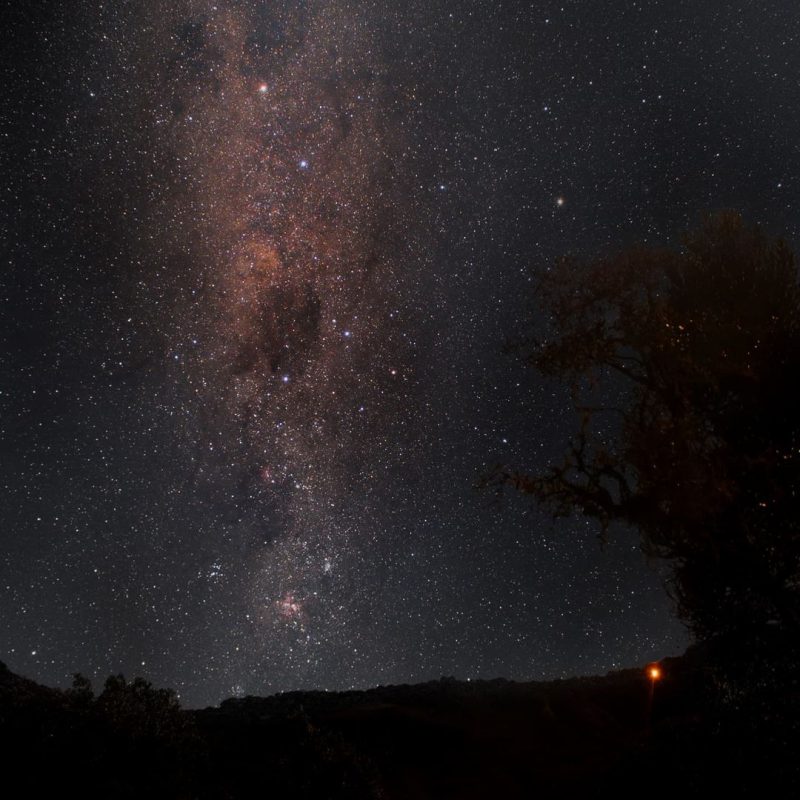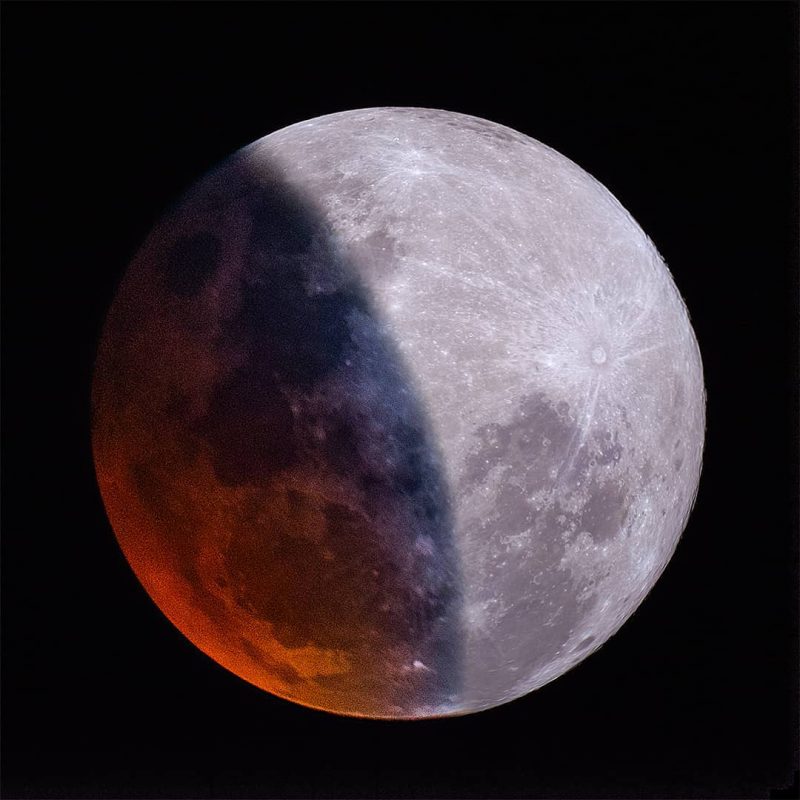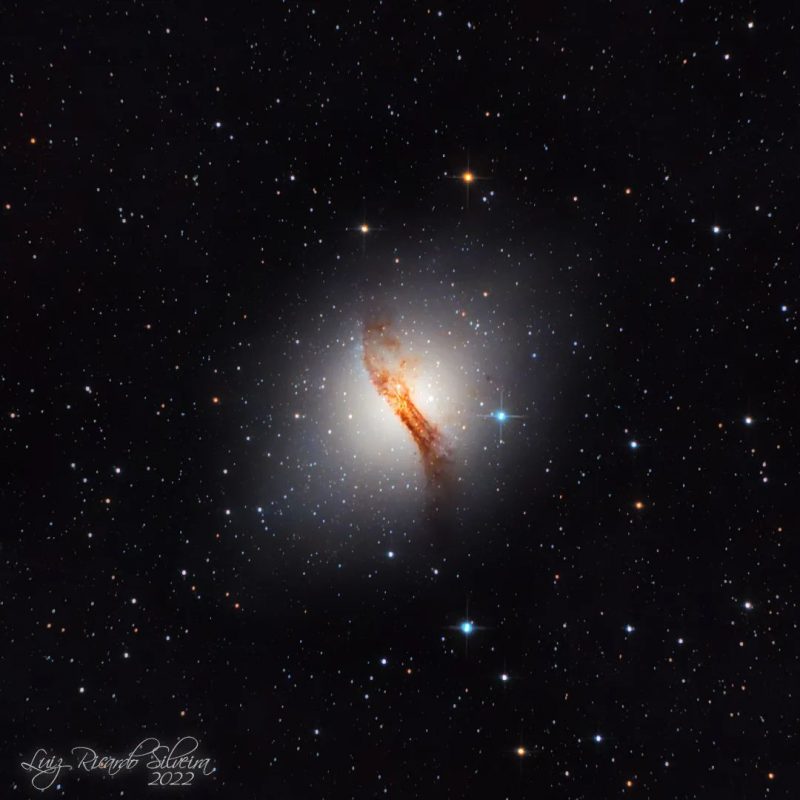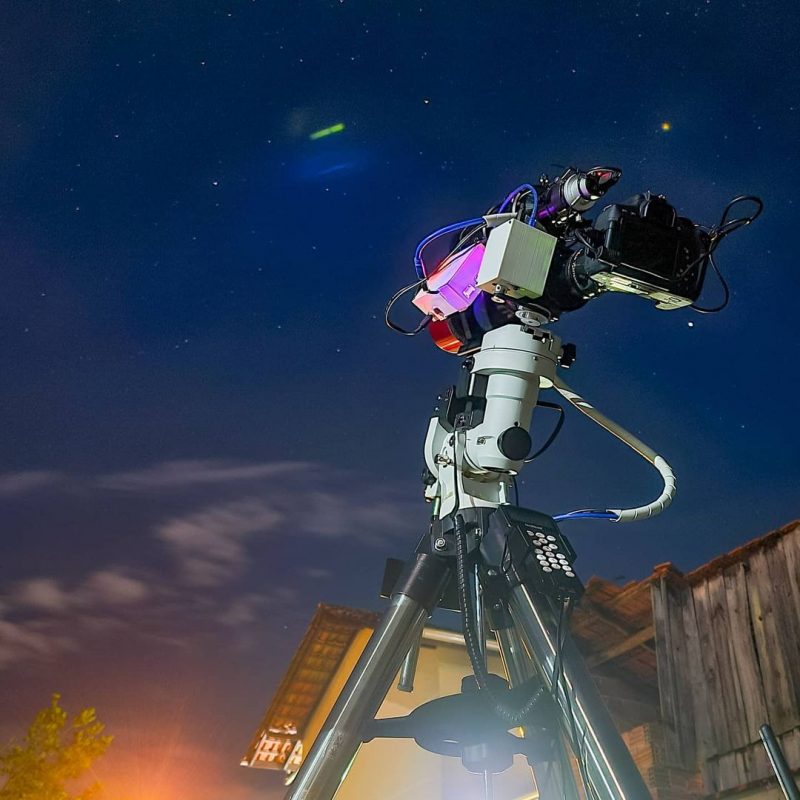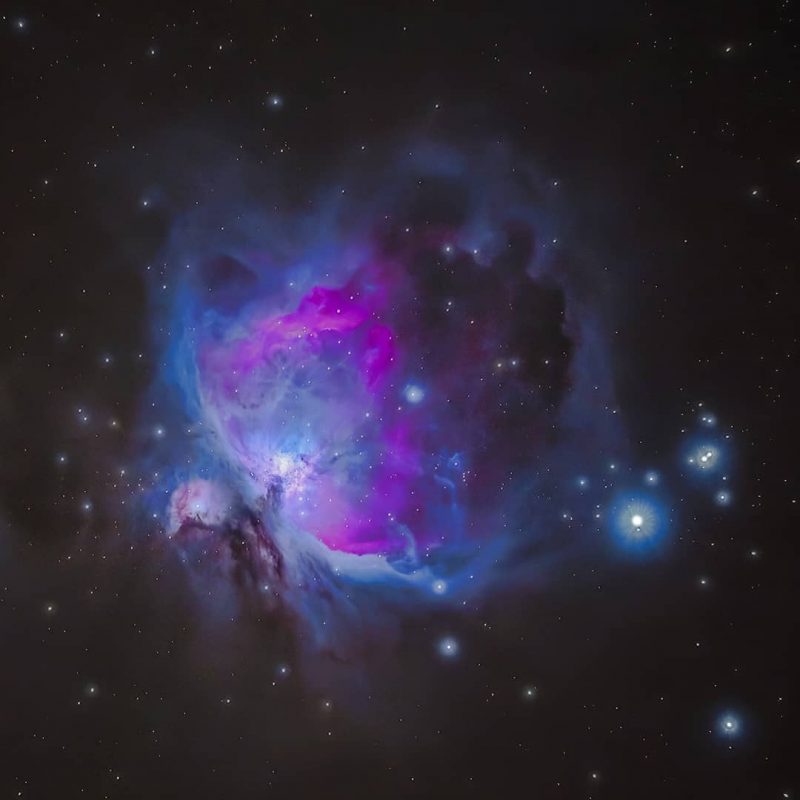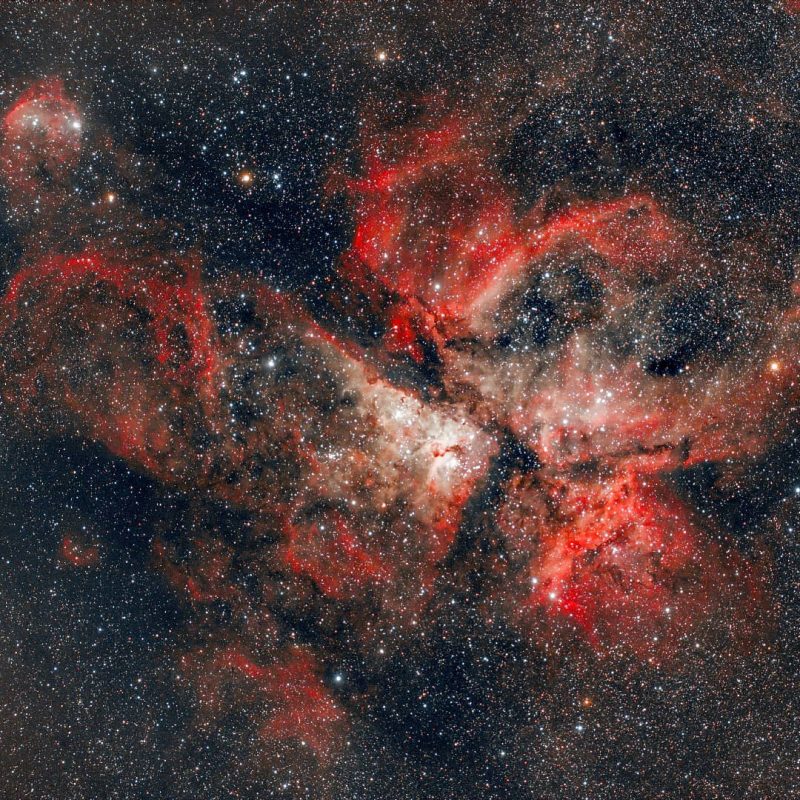
Galaxies, stars and nebulae are some of the celestial bodies captured in Luis Ricardo Pereira’s astrophotographs. Using a telescope and a camera, the photographer usually captures the space in the city where he lives, Joinville, in the north of the state.
View this photo on Instagram
The 33-year-old photographer, who is known for his rainy city, says taking photos like this in Joinville is no easy task. “The skies here are rarely clear enough to take pictures,” he comments.
The photographs taken by Luis are referred to as “deep sky objects,” meaning things far beyond the solar system, such as nebulae, galaxies, and stars.
Since they are so far away and in the middle of the “dark sky”, they cannot be performed at any time. The presence of clouds and light interferes with the recording, Luis explains, including the brightness of the moon.
“For astrophotography of deep sky objects such as nebulae, the Moon is a big obstacle. The closer to the full moon, the more it shines. And so more the brightness of the moon interferes with the capture of objects. This means that the closer to the new moon, that is, when the moon is devoid of any brightness or almost devoid of brightness, the better for us astrophotographers, ”he quotes.
The equipment must also be appropriate. The specialist explains that instead of “lenses” it is necessary to use telescopes. In addition, patience is required, as it can take hours for a photographer to make one recording.
Luis explains that when shooting in dark places, the photographer needs to adjust the exposure time of the lens. That is, when you give a “click” to take a picture, the lens opens up and more light enters, making the image clearer.
In everyday photography, this exposure time can be very short, such as one second. In astrophotography, this is the clock.
Finally posted the final version.
NGC 3324, Gabriela Mistral Nebula!
Wassup, what do you think? Personally, I find this region of the sky very beautiful!
Registration made in Joinville, South Carolina on January 25, 26 and 27, 2023. pic.twitter.com/8FOFJj23Jg— Luiz R Silveira (@luizrsilveira) February 2, 2023
For example, it took almost 4 hours of exposure to record the Gabriela Mistral Nebula. “That is, it takes almost 4 hours to point the telescope and camera at the nebula and capture its light in order to make this recording,” he says.
However, to avoid passing clouds, planes and birds, the photographer takes several shots of a shorter time and then combines all the records in a computer program.
“We divided the overall exposure into several shots of shorter duration. Still using this photograph of Gabriela Mistral as an example, there were 23 photographs of 10 minutes each, which, added together using a computer program, give 3 hours and 50 minutes of total exposure,” he explains.
Passion for hobby
Despite taking this activity very seriously, astrophotography is now a hobby for Luis, who works as a public relations manager for a company in the city. The Joinville resident devoted at least four years to space records.
“At first I was interested in amateur astronomy. 2009 was the International Year of Astronomy promoted by UNESCO and there were several promotional campaigns. One of them got me! I was introduced to astronomy through programs that were shown on the old Escola TV. Back in 2009, I bought a kit for building an amateur telescope at home, and that’s it, it was a passion,” he recalls.
It took several years to observe the sky with the naked eye, through a telescope he set up at home, until he started taking photographs. Louis first pointed his camera at the telescope and took pictures of the moon and some of the planets, which he says are easier targets.
“I started getting more serious about even astrophotography in 2019 when I bought the first specialized equipment. But this is just a hobby, albeit a very serious one, ”he jokes.
Prestigious
The passion has already paid off. A photograph taken in Urubichi was featured on the cover of the August issue of Revista Brasileira de Astronomia.
In addition, some of the photographs taken by Luis are part of an exhibition of astrophotography taken by the people of Santa Catarina at the Videira Astronomical Observatory.
View more posts made by Luis
Source: Ndmais
